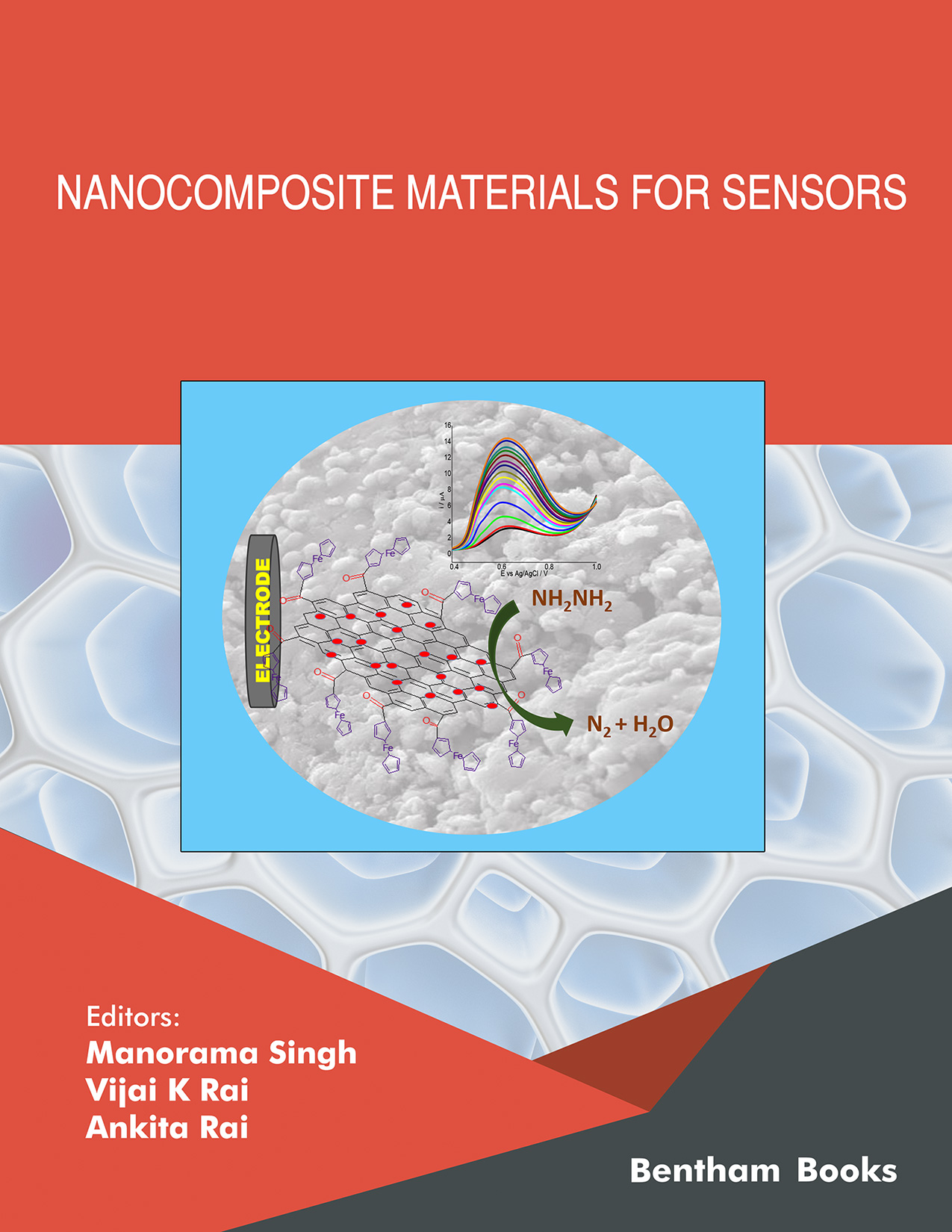Modern food analysis comprises different important fields within Food Science, including food quality, food safety and traceability assessment, detection of frauds, authentication of origin, determination of the nutritional value of food products, or even the assessment of the potential bioactivities that food ingredients may exert. Moreover, food analysis has a significant social impact due to the consumers’ concern about everything related to food. Among these fields, the researches aimed to observe the effects that bioactive compounds present in food may confer are probably those that have increased their importance the most. This is not only related to an increase of interest in this particular subfield but also in the improvement and evolution of modern analytical tools that have allowed us to tackle analytical challenges not reachable some decades ago. In this regard, the development of faster, more sensitive, accurate, and powerful analytical methods capable of providing information about all these aspects is crucial.
In this context, capillary electrophoresis (CE) is positioned among other more extended separative tools, mainly those based on gas and liquid chromatography. However, despite not being so broadly used, capillary electromigration methods, with CE leading the way, possess exceptional properties related to their high analysis speed and separation efficiencies combined with the small samples and reagent requirements and a great variety of potential applications.
The present volume is aimed at providing an updated overview of the current state-of-the-art related to the use of CE in the field of food analysis. The book is structured, including some general chapters dealing with the basic principles of capillary electrophoresis, providing an overview of the most relevant and important characteristics and potential of this analytical tool. The theoretical background of capillary electromigration is included as well as the description of the basic instrumentation needed and the different separation modes that make CE such a versatile tool. Moreover, sample preparation aspects, specifically directed towards the subsequent application of CE are also presented, which are relevant considering the great influence of sample preparation steps and procedures on the analytical results that are attainable. A second group of chapters is focused on the required approaches for the analysis of important groups of food components, such as lipids, carbohydrates, proteins, peptides, amino acids, vitamins, polyphenols, and food additives. Each chapter includes information showing the advantages of the use of CE as well as its different separation modes for those applications compared to other separation and analytical techniques. Two additional chapters deal with more specific developments within the general use of CE, namely, the development of approaches for chiral separations and the use of miniaturized devices. Indeed, CE has demonstrated very good capabilities for the efficient separation of chiral compounds. The different approaches and compounds that can be used as chiral selectors are presented and discussed. Besides, CE has been demonstrated as one of the most suitable analytical tools to be miniaturized and to construct lab-on-a-chip devices based on electromigration even allowing to perform multiple simultaneous analyses. Instrumentation, detection, and microchip design aspects are included in the chapter devoted to microchip CE. Finally, several chapters are focused on specific fields of the study showing the latest developments and applications presented in each topic. Those chapters include information related to the use of CE for food authentication, food safety, the analysis of dietary supplements as well as the use of CE coupled to mass spectrometry for its use in food metabolomics-related researches.
Together, the chapters included in this volume, written by renowned experts in their respective fields, provide a wide perspective of the use of capillary electrophoresis-based approaches in the field of food analysis. Readers with a background in Food Science, from Ph.D. students to experts and researchers working in food and analytical chemistry, as well as chemists working in food control laboratories, might find this information interesting.
María Castro-Puyana
Department of Analytical Chemistry,
Physical Chemistry and Chemical Engineering,
University of Alcalá,
Alcalá de Henares (Madrid),
Spain
Miguel Herrero
Laboratory of Foodomics,
Institute of Food Science Research (CIAL),
Spanish National Research Council (CSIC),
Madrid,
Spain
&
María Luisa Marina
Department of Analytical Chemistry,
Physical Chemistry and Chemical Engineering,
University of Alcalá,
Alcalá de Henares (Madrid),
Spain

